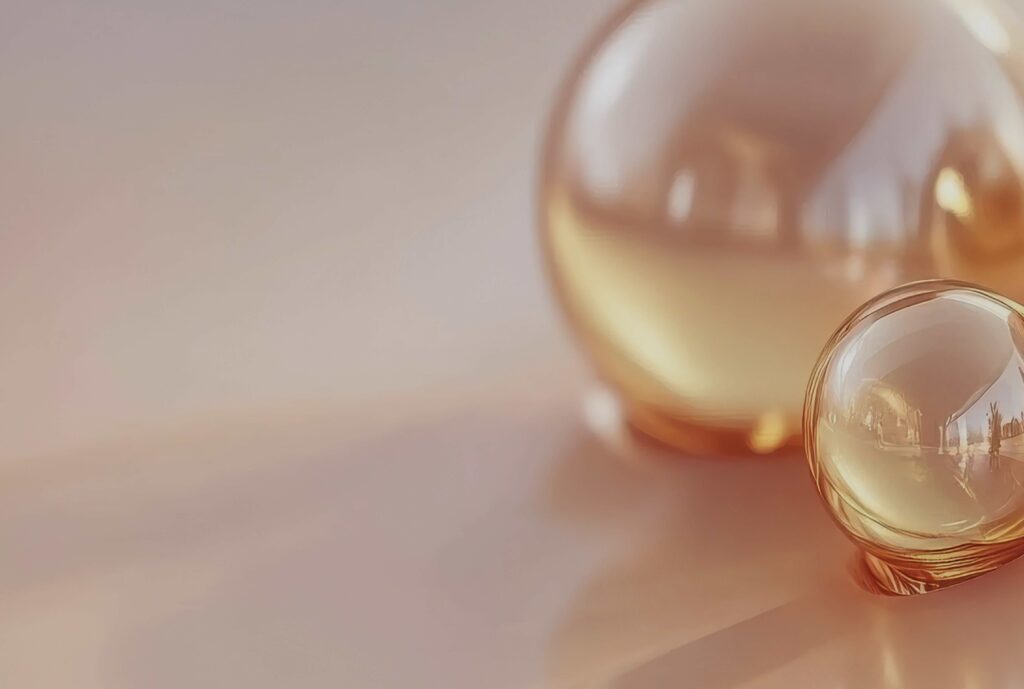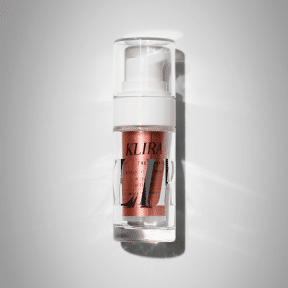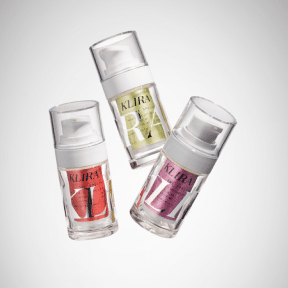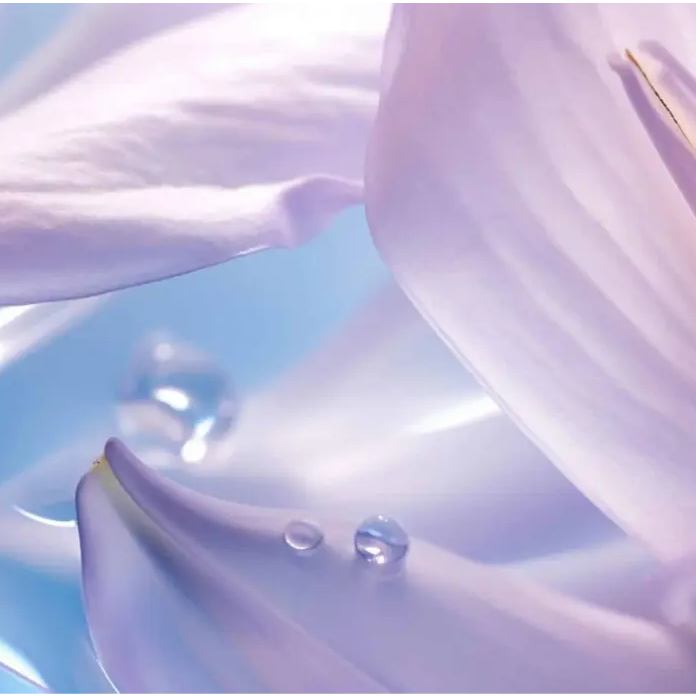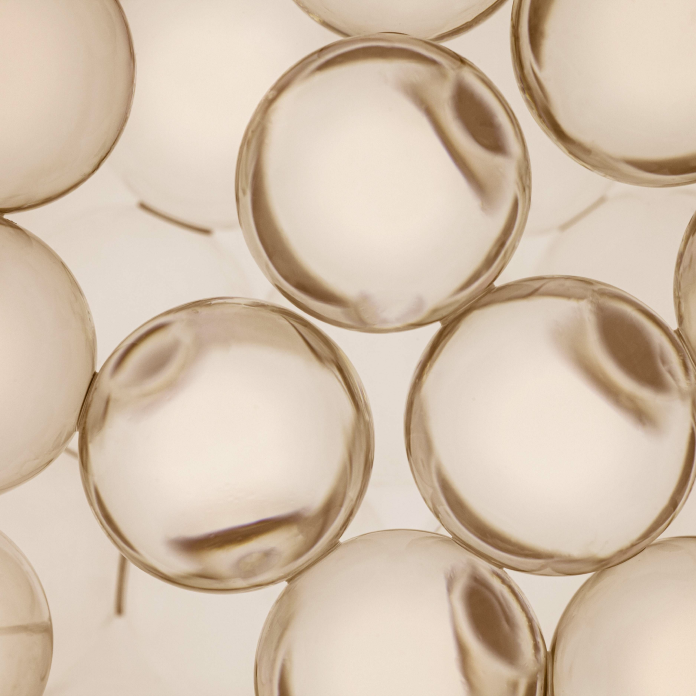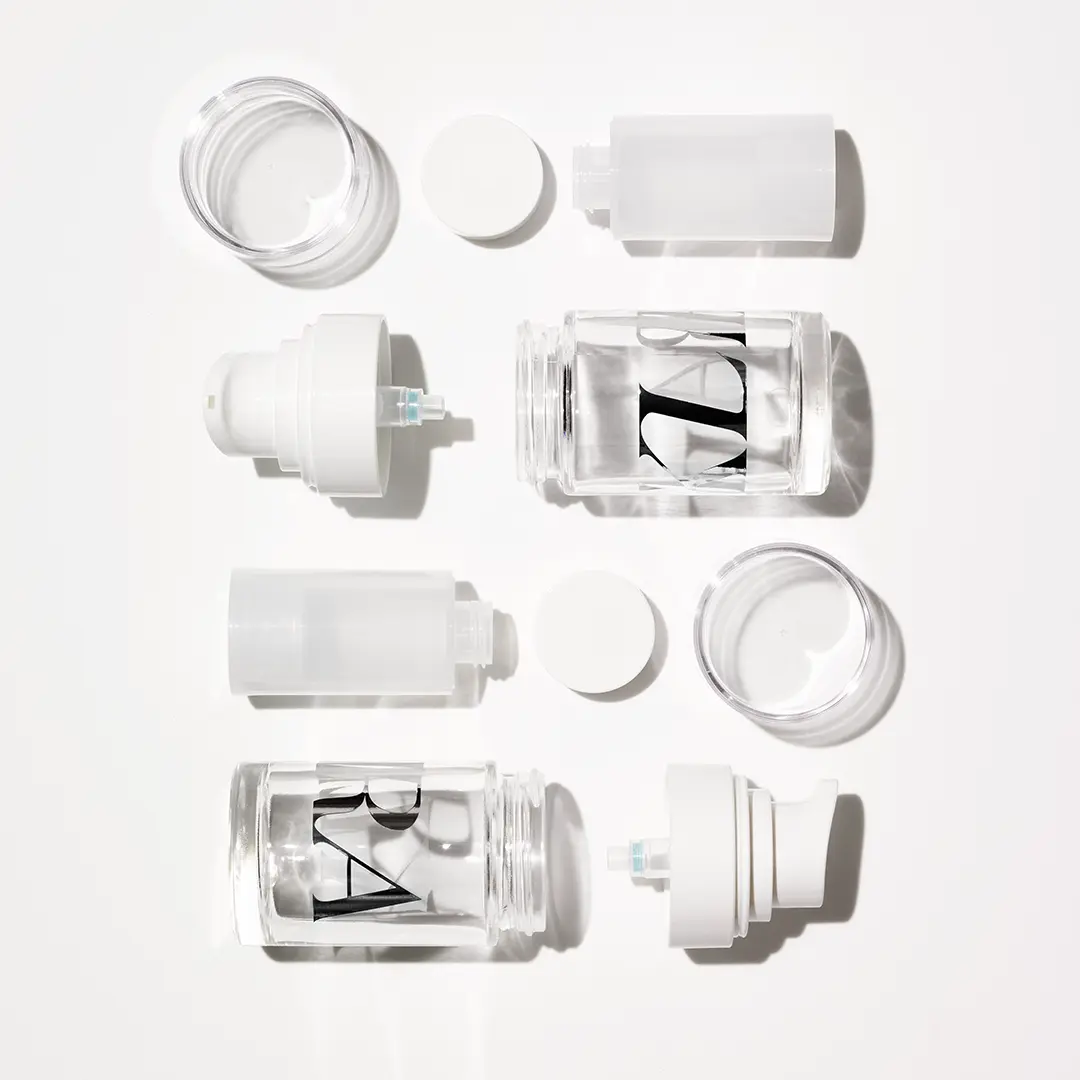Acne is one of the most common inflammatory skin conditions globally. It affects people of all ethnicities and is most prevalent during adolescence – typically between the ages of 15 and 20. But it’s not just a teenage concern. Acne can start earlier and persist well into adulthood, with an increasing number of adult women experiencing breakouts linked to hormonal sensitivity or subtle endocrine imbalances, even when hormone levels appear normal.
More Than Skin Deep
The impact of acne goes beyond the surface. Pimples, blackheads, pustules or scarring can significantly affect confidence, mood and self-esteem – particularly during pivotal life stages or moments of professional development. The psychological effects are often underestimated, but they can be profound.
What Causes Acne?
Acne develops in the pilosebaceous unit, which includes the hair follicle and oil gland. Four main processes drive the condition:
- Increased sebum (oil) production
- Blocked pores due to sticky skin cells
- Overgrowth of Cutibacterium acnes
- Inflammation
During puberty, rising androgen levels stimulate the oil glands to produce more sebum. If the follicle becomes blocked, this creates the perfect environment for bacteria to thrive triggering inflammation, redness, and swelling.
The clinical presentation can range from a few blocked pores to widespread, inflamed nodules across the face, back or chest. In darker skin tones, pigmentation changes are common. Even mild acne can leave lasting marks or scars, depending on how the skin heals.
What Makes Acne Worse?
Several factors can aggravate acne, including:
- Hormonal fluctuations (e.g., during the menstrual cycle)
- Comedogenic (pore-clogging) cosmetics
- Certain medications like corticosteroids or testosterone-based supplements
- Environmental stressors such as heat, humidity and friction
- Picking or squeezing spots, which increases the risk of scarring
The Foundation of Treatment: Topical Retinoids
For all types of acne, the cornerstone of effective treatment is a topical retinoid. These vitamin A derivatives, such as tretinoin work by:
- Unblocking pores
- Preventing the build-up of dead skin cells
- Reducing early inflammation
- Normalising skin cell turnover
Used consistently over time, a topical retinoid can dramatically improve both non-inflammatory (blackheads) and early inflammatory acne. At Klira, we formulate evidence-based, prescription-strength treatments tailored to your skin’s needs, always starting with this essential foundation.
When to Add Oral Treatments
If acne becomes more inflamed – characterised by red bumps or pustules , oral antibiotics may be considered. These help reduce inflammation in the short term but must always be used alongside a topical retinoid to prevent relapse once antibiotics are stopped.
In females, hormone-sensitive acne is common. Treatments such as the combined oral contraceptive pill or spironolactone can help by reducing the effect of androgens on the skin. These options may be appropriate for persistent breakouts, premenstrual flares, or acne that begins in adulthood.
When Acne Is Severe
For severe acne with deep nodules or scarring, oral isotretinoin may be appropriate. This powerful retinoid reduces oil production, inflammation and the formation of new comedones. It’s typically prescribed by a dermatologist and monitored closely due to potential side effects, including skin dryness and the need for contraception.
The Role of Skincare
Supportive skincare is essential alongside active treatment. Many acne therapies cause dryness or irritation – especially in the first few weeks. A gentle, non-comedogenic moisturiser can:
- Soothe irritation
- Strengthen the skin barrier
- Improve treatment tolerance
A soap-free cleanser used twice daily helps maintain balance and remove excess oil and debris without stripping the skin. Make-up is fine to use – but removing it thoroughly each evening is key.
What About Diet?
There’s growing interest in the link between diet and acne. While the evidence isn’t definitive, high glycaemic foods and dairy (especially skimmed milk) may contribute to breakouts in some individuals. There’s no need for extreme dietary changes – but it’s worth noting personal triggers and maintaining a balanced, nutritious diet.
Final Thoughts
Acne is complex and deeply individual, but it’s also highly treatable. At Klira, our prescription-grade treatments are scientifically backed and designed to work with your skin, not against it. Whether you’re navigating adult acne, or hormonal fluctuations, our dermatology-led approach helps you take back control, with real results.
Our Dermatology Team will review your SkinSize™ Analysis, medical information, and photos to decide which ingredients you will receive in your bespoke formula.
Emma Craythorne is a Consultant Dermatologist, Trustee for the Cosmetic Practice Standards Authority and ex-President of the British Cosmetic Dermatology Group. Dr Emma is well known for her TV series – The Bad Skin Clinic – her renowned private practice, and NHS work.
- Dr Emma Craythornehttps://klira.skin/author/sherman-gallie/
- Dr Emma Craythornehttps://klira.skin/author/sherman-gallie/
- Dr Emma Craythornehttps://klira.skin/author/sherman-gallie/
- Dr Emma Craythornehttps://klira.skin/author/sherman-gallie/





















